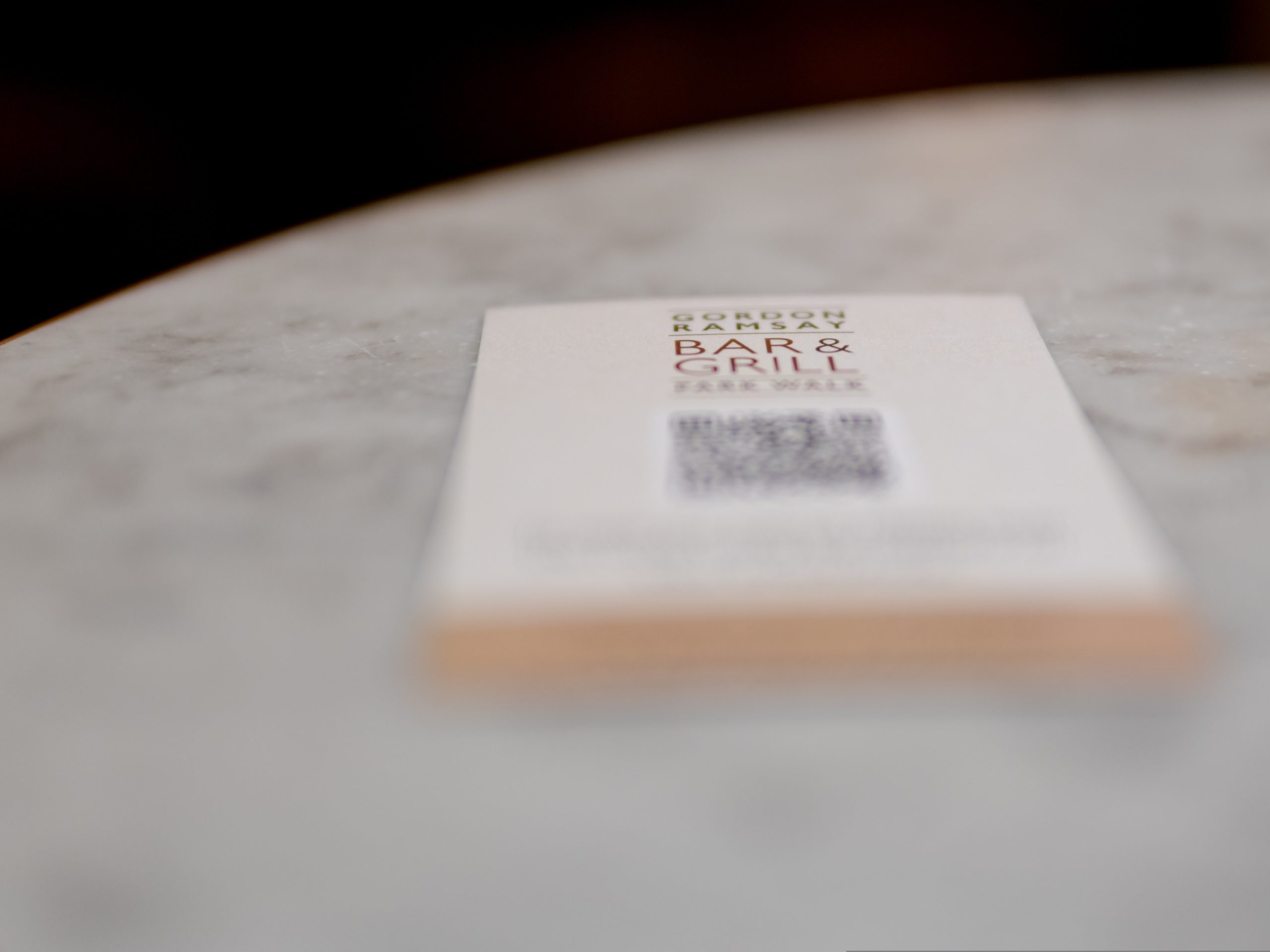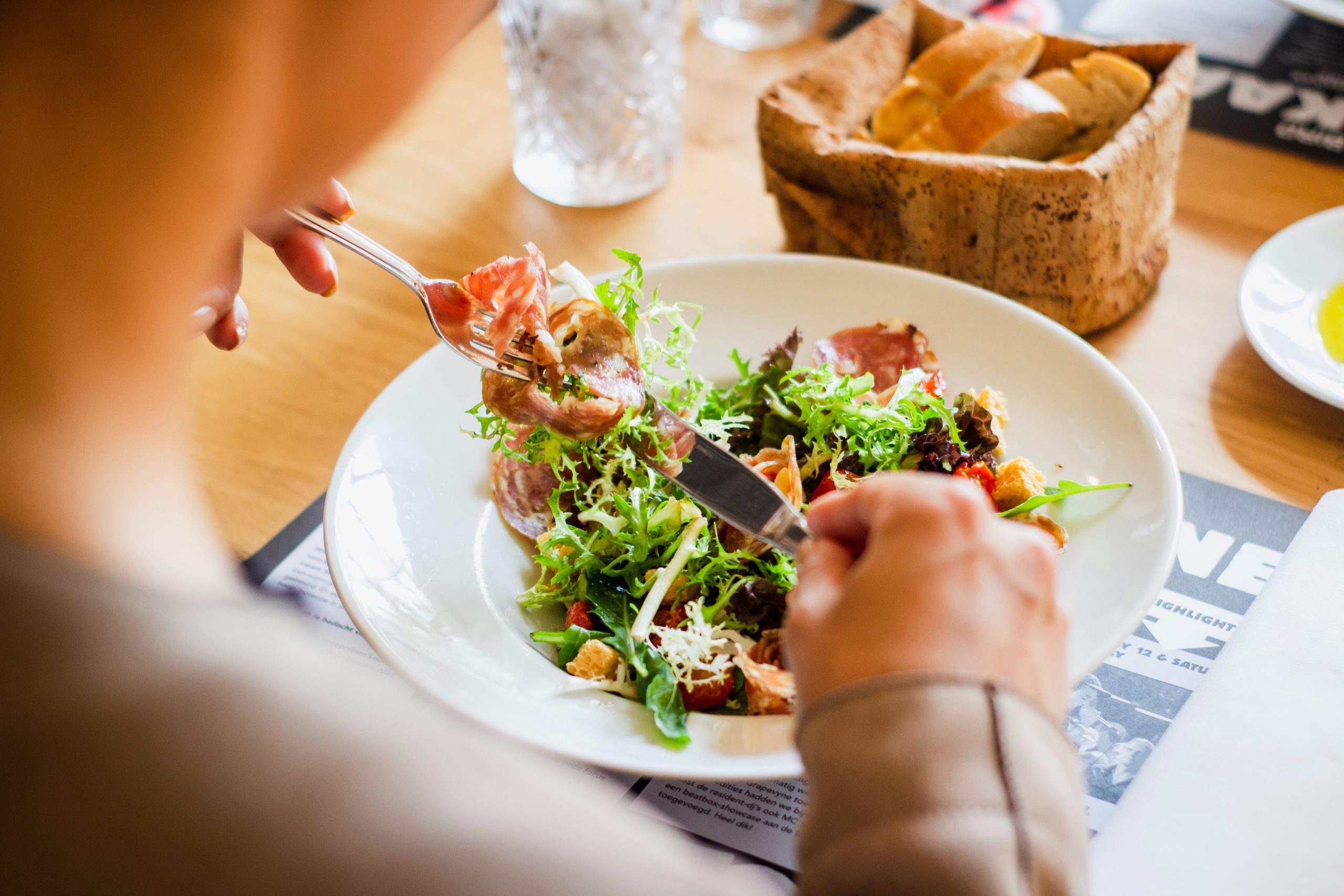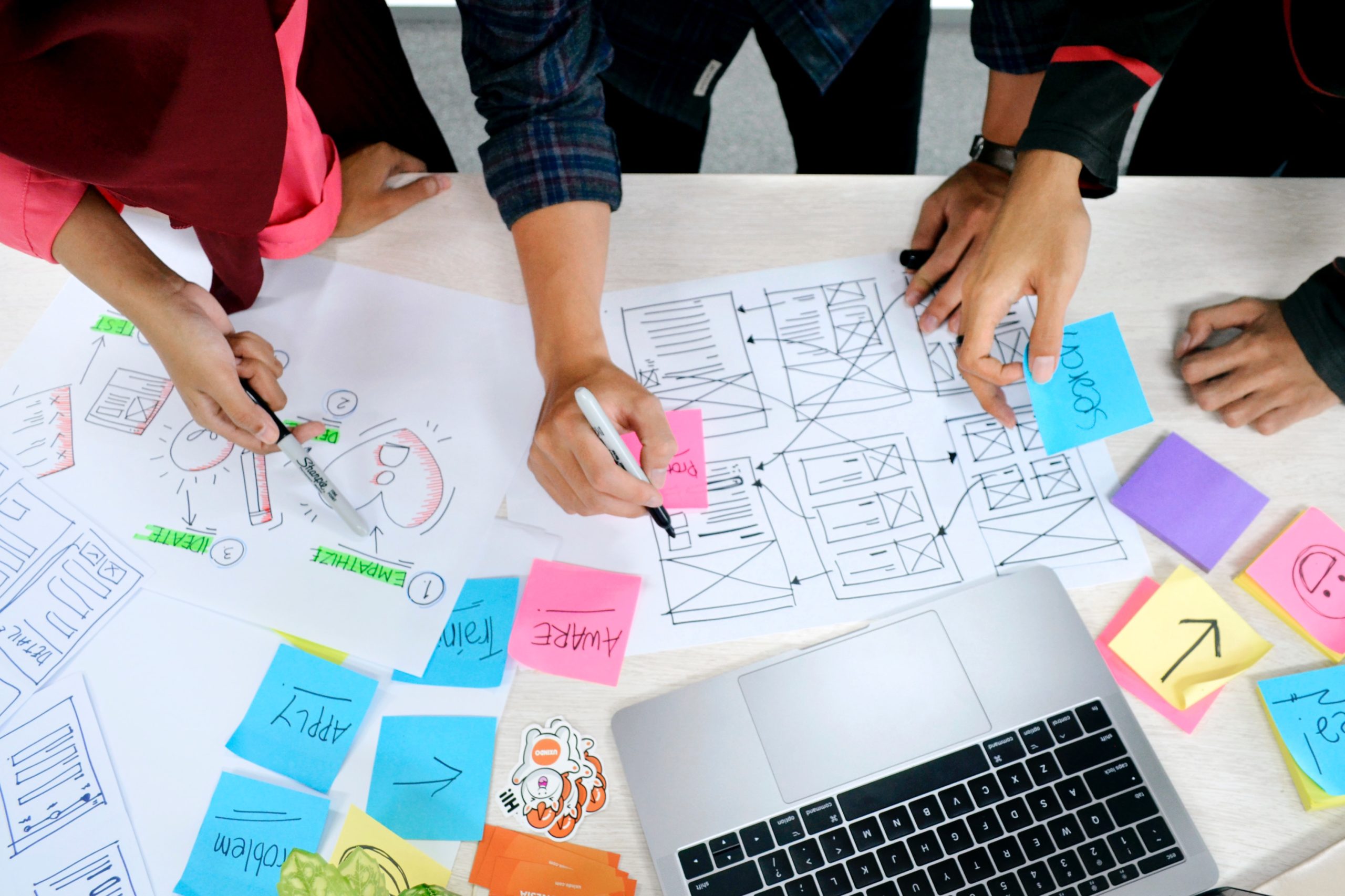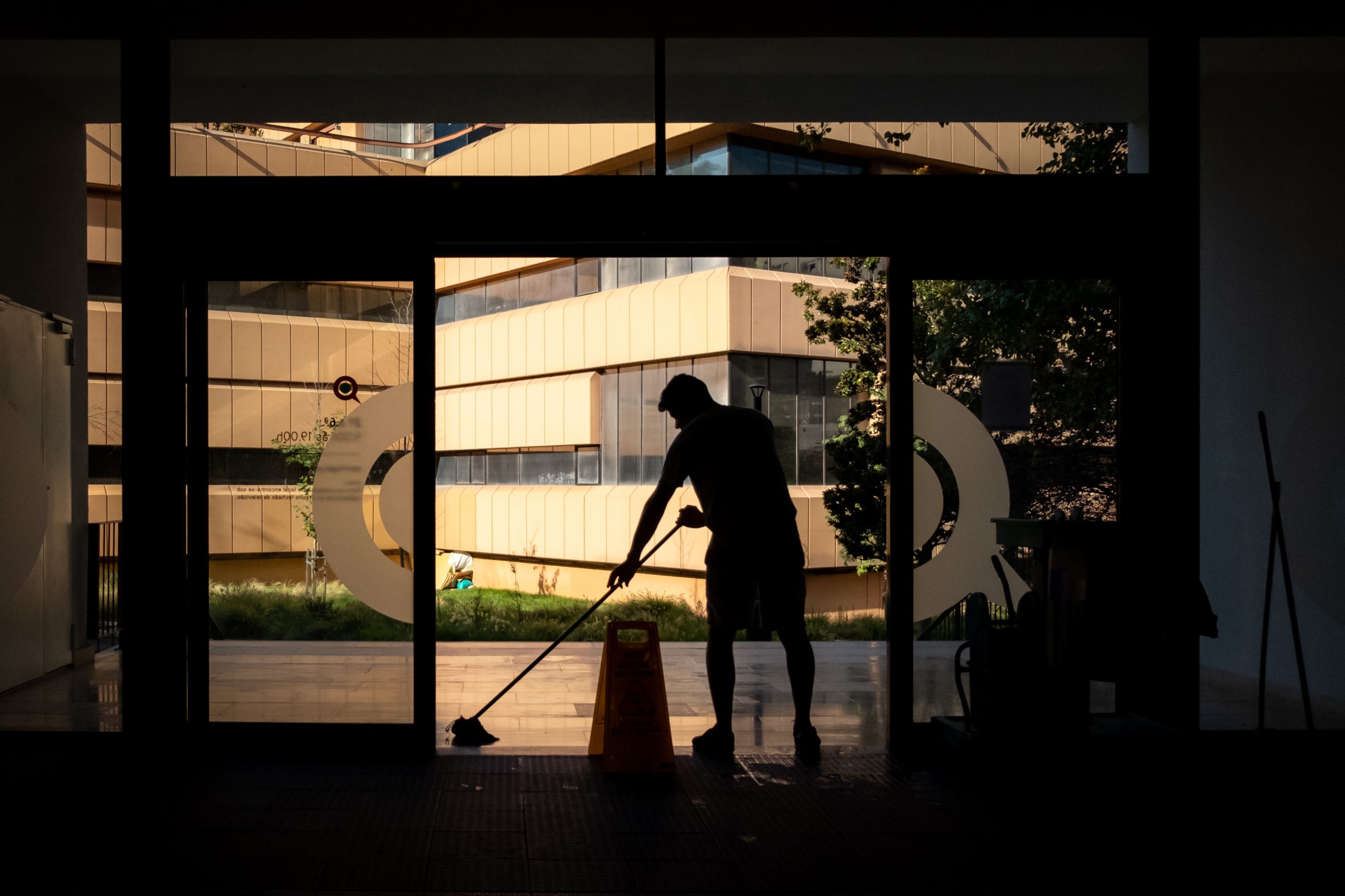There are some valid and effective alternatives to QR Codes. Let’s see what they are!
It is increasingly common to enter a restaurant and have to scan a QR Code to read the menu. You sit down at the table and your gaze wanders in search of the code, your mobile phone ready to frame that intricate chessboard.
The pandemic has certainly been a factor that prompted many businesses to adopt QR Codes as a more hygienic alternative to paper support that passes from hand to hand. A dematerialized offer that performs the same function as an “analogue” menu.
Let’s see in more detail what it is and how far this now ubiquitous technology can go on the tables of Italian restaurants.
First of all: how do QR Codes work?
A QR Code (short for Quick Response Code) is a two-dimensional barcode made up of a certain number of black modules positioned on a white square-shaped space. By framing it with a smartphone, you can land on a site, a document and even an SMS.
In fact, a QR Code can contain up to 4,296 alphanumeric characters (7,089 if numeric). Generally, however, at the restaurant you come across at most a link or a PDF document to download on your mobile phone.
Nowadays, all mobile phones produced in recent years include a QR Code reading app which, using the device’s camera, scans the code and decodes its content (just like a barcode reader does). . So all you need is a cell phone and an Internet connection to know where the code wants to take us.
Simple, fast, hygienic
When the SARS Covid-19 pandemic upset the order of things, restaurateurs had to run for cover to be able to reopen in full compliance with emergency provisions. Among the various recommendations (wearing masks during working hours, testing the temperature of the patrons…), there was also that of providing customers with a digitized menu.
The QR Codes proved to be the simplest and most immediate solution: they can be easily generated online, choosing whether to use free programs or relying on professionals for a more structured result. They are discreet, easy to place on any type of support, a single code can be scanned by all the people sitting at the same table without any type of physical contact.
But?
As simple, fast and hygienic as they are, QR Codes are easily subject to tampering and deterioration.
Here are their main cons:
- often they are laminated or printed on a glossy material: after some time, the film that covers them can begin to detach and, depending on their position, the lights in the restaurant can create reflections that prevent proper scanning
- not all mobile phones in circulation have an integrated scanner: older mobile phones require the download of a specific app for scanning
- some customers may have difficulty in interacting with this technology: even if it is now widely used, the level of digital education of each customer must always be taken into consideration
- the document or site to which the code points may not be mobile friendly: in the restaurant all reading is done from the smartphone, so it is important that the visualization is optimal for mobile
- a QR code does not have an aspect that makes it easily distinguishable from another QR code and, in any case, does not allow to understand what its content is ( only guessable from the surrounding environment): anyone could superimpose another code with malicious content on that of the restaurant. By opening the link, the customer’s smartphone could be infected with a virus and even hacked.
Above all, a QR Code is limited
A QR Code allows you to perform one and only action: land somewhere. In many cases that is enough, but in the case of a restaurant that wants to maintain (or even increase) the volume of its clientele it is a bit limiting. Also because the code can be scanned only on site and, therefore, is not accessible everywhere.
The beauty of digital tools, on the other hand, is precisely that they are always and everywhere available. On the street, on the bus, in front of the TV… Now that the catering sector has restarted, you can start thinking a little bigger and go from a simple QR Code to an app tailored to your business.
The two-dimensional codes have certainly been a lifeline in a period of isolation and lack of physical contact. The journey, however, does not end here: the pandemic has taught us consumers to make more use of the potential of the web and decreased the tolerated waiting time: do I want a pizza? I want to choose from all those on the menu, order it now and possibly pay for it in advance, so I’ll simply have to enjoy dinner afterwards.
Tap. Done.




